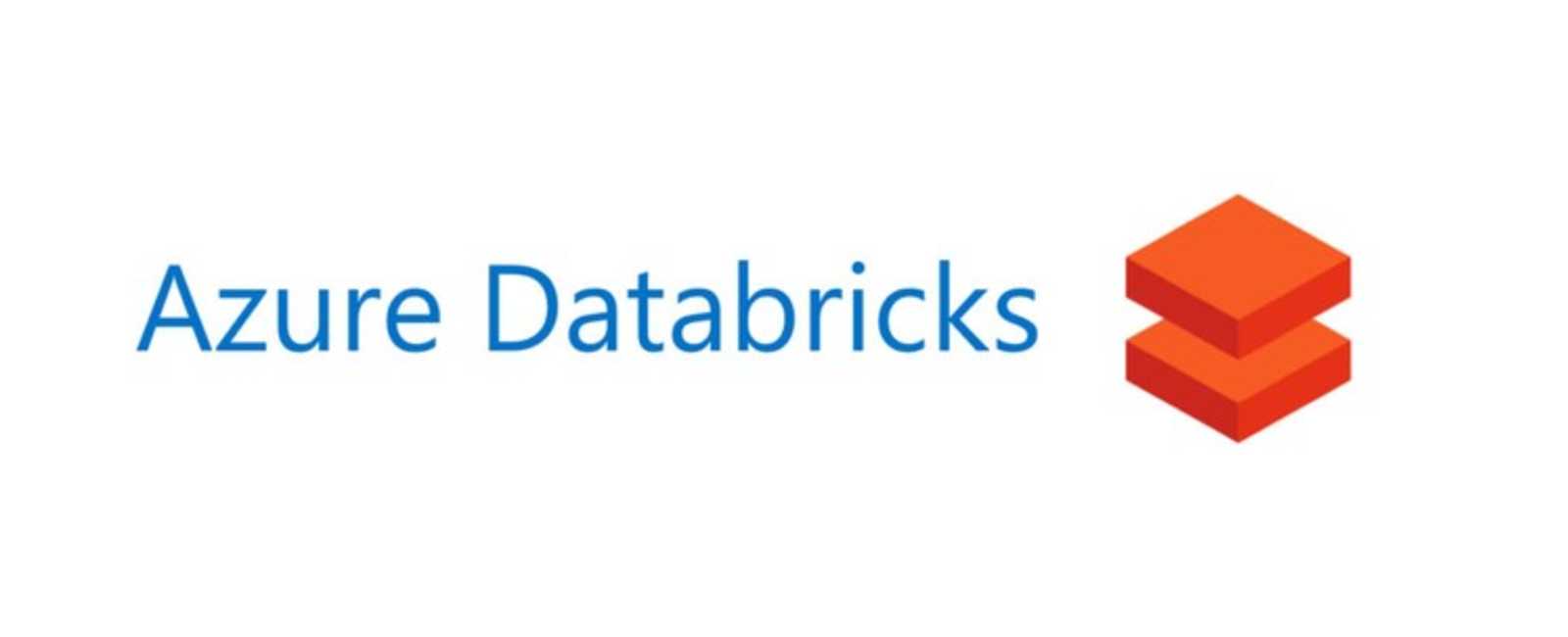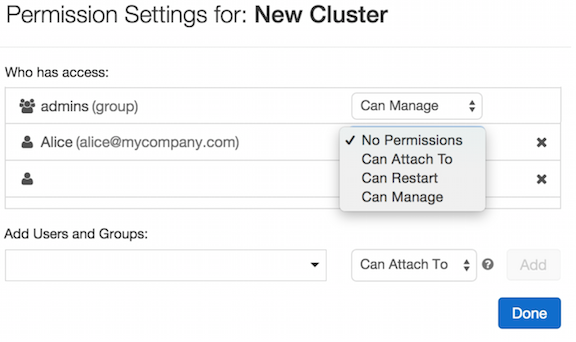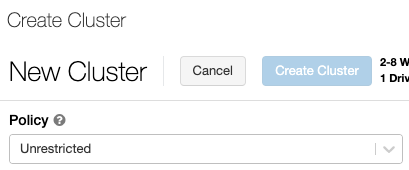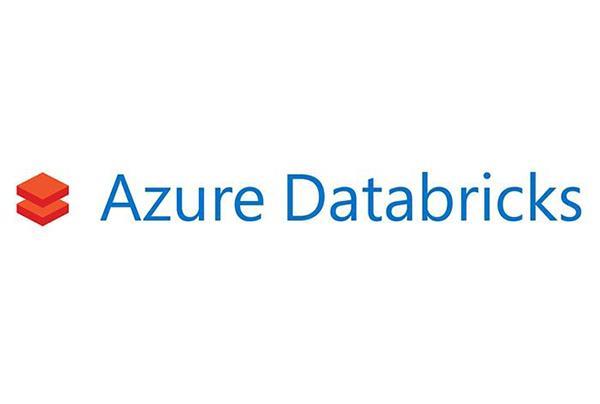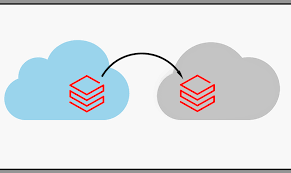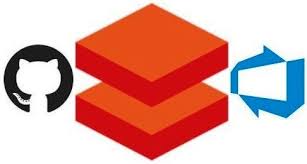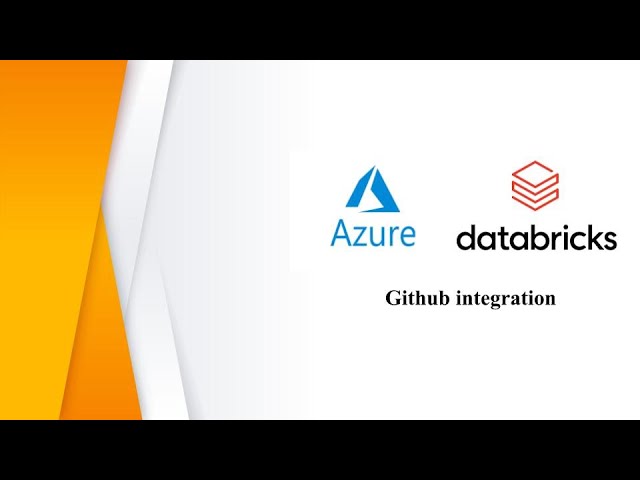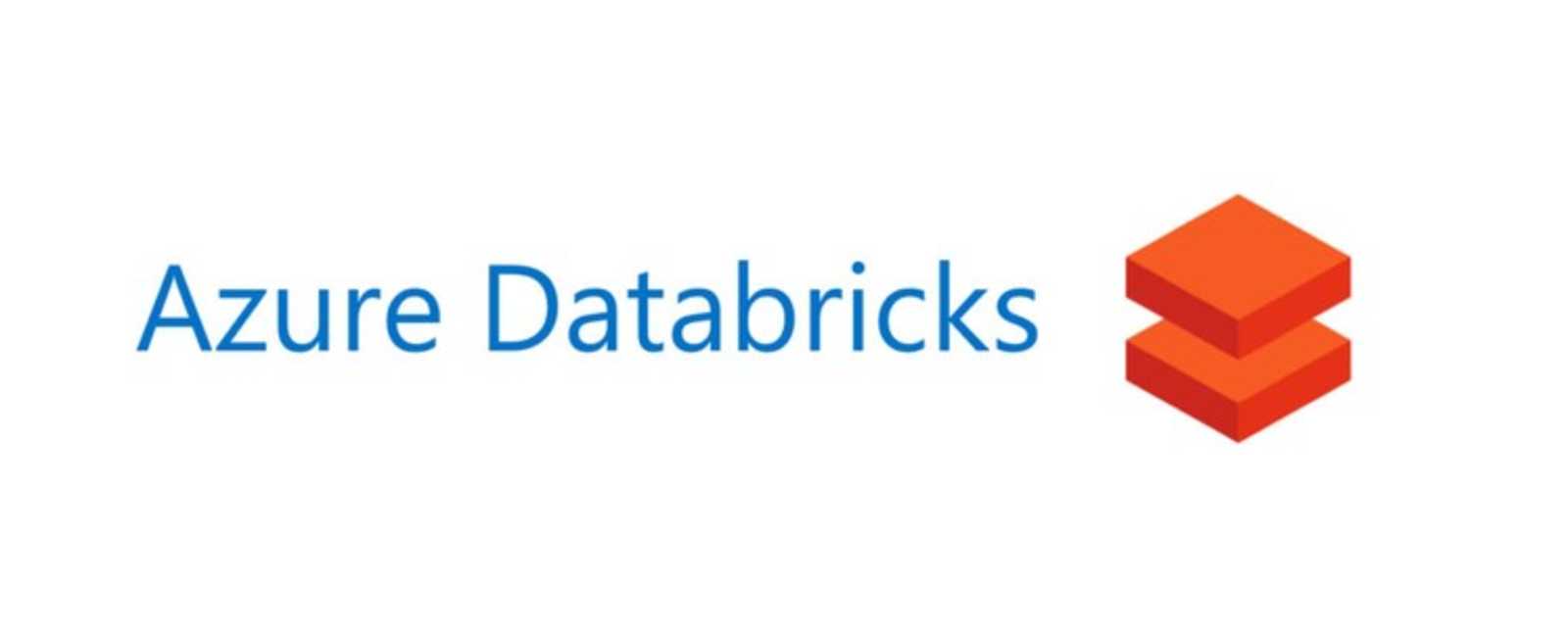06
Sep
To assign cluster policies to teams or users in Azure Databricks, you can use the Azure Databricks CLI or the Databricks REST API. Here's an example using the Azure Databricks CLI: Create the Cluster Policies: Create the cluster policies using the JSON configurations as shown in the previous example. Save each policy to a separate JSON file (e.g., data_scientists_policy.json, data_analysts_policy.json). Assign Cluster Policies: Open a command prompt or terminal. Run the following command to assign a cluster policy to a team or user databricks clusters policy create --policy-id <policy-id> --group-name <group-name> Replace <policy-id> with the ID of the cluster policy you want to assign,…
